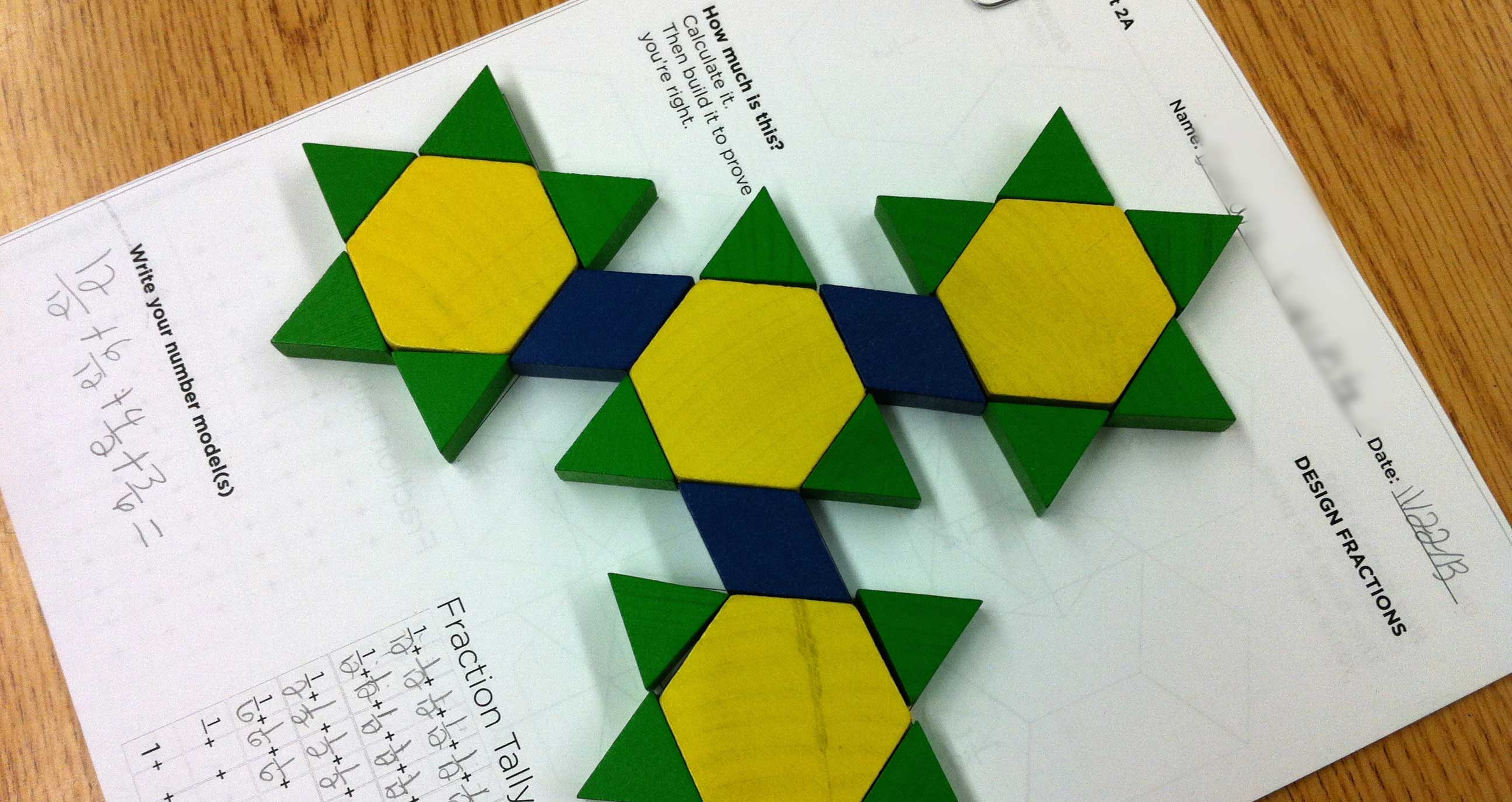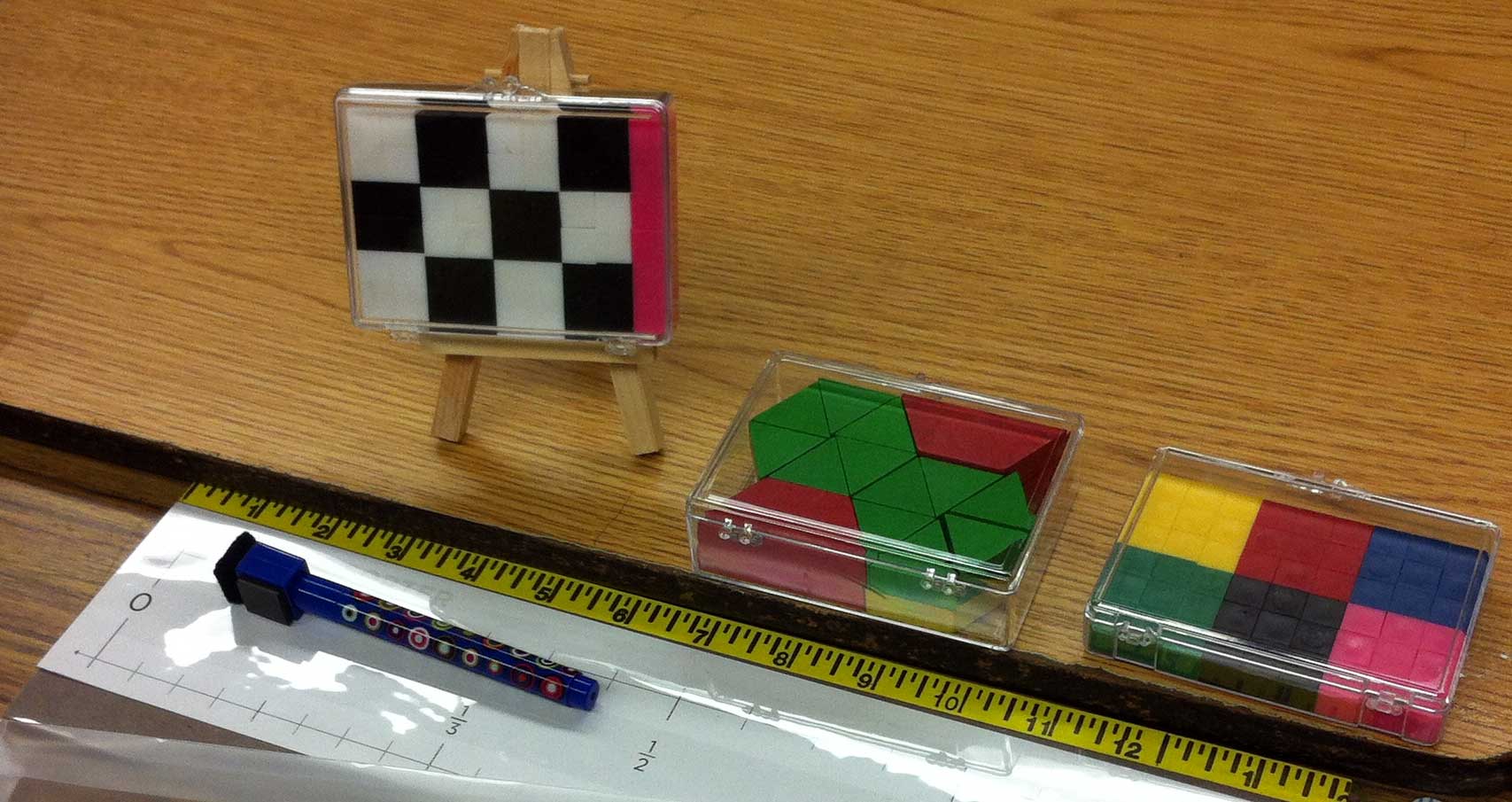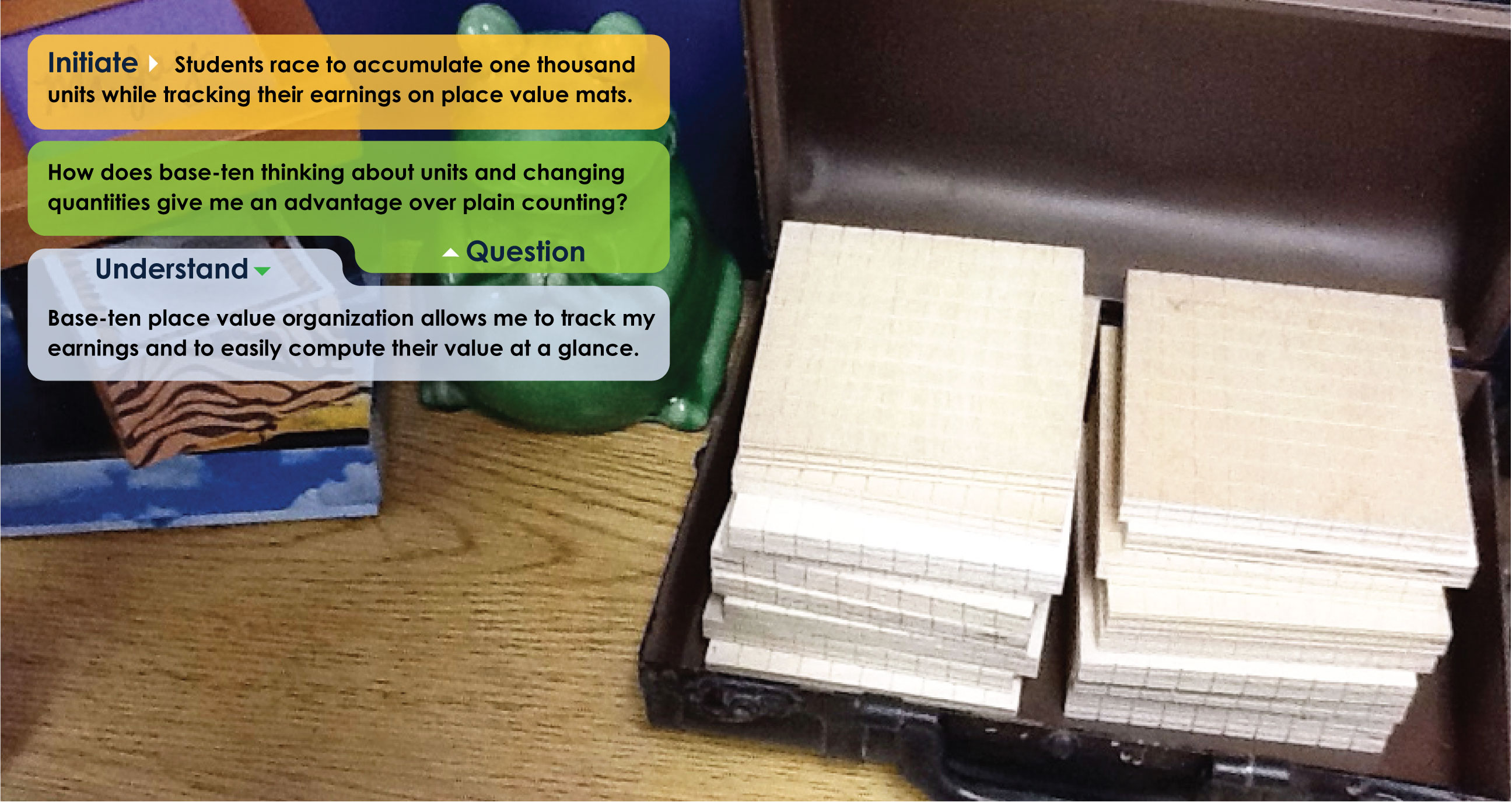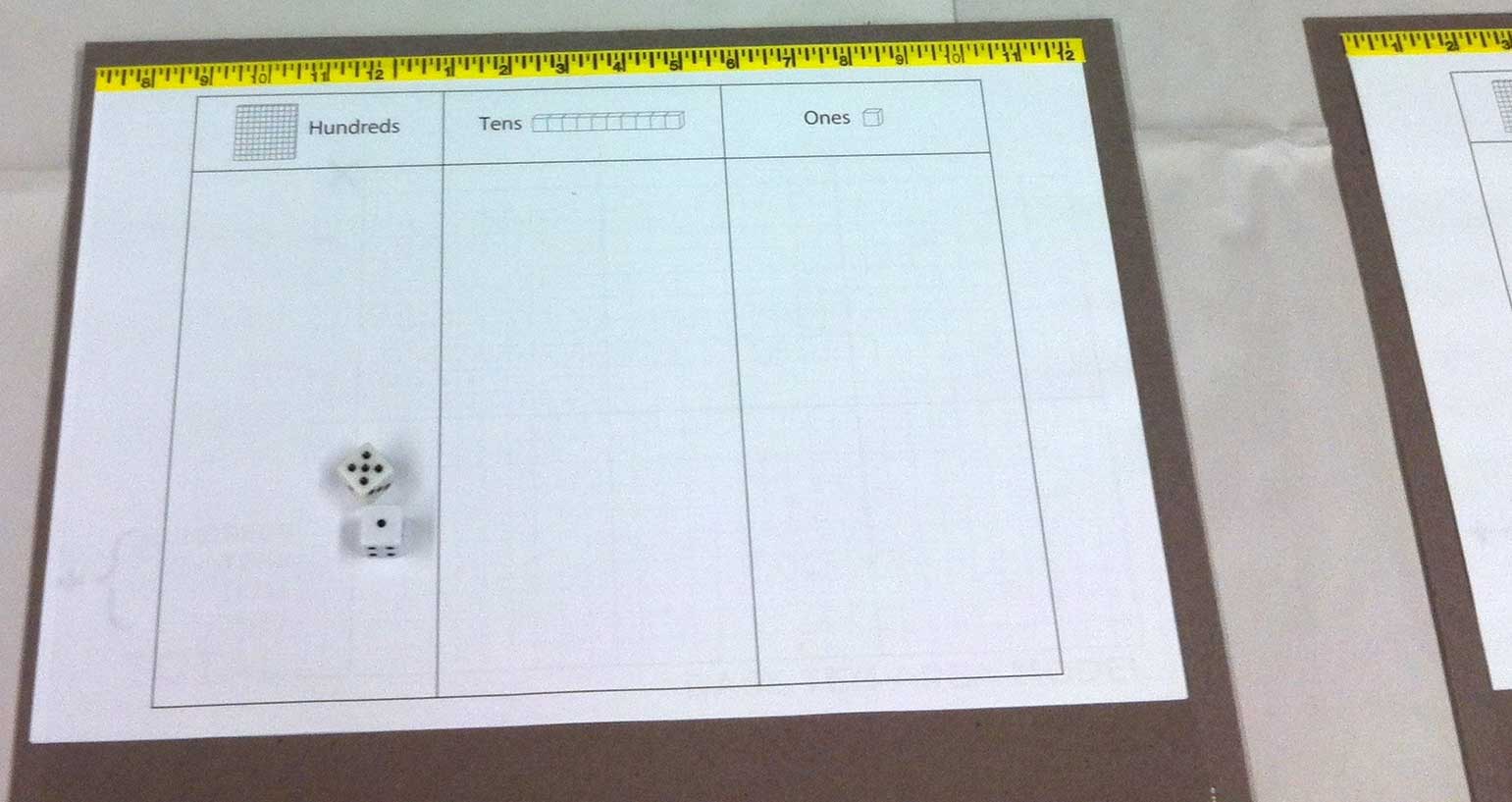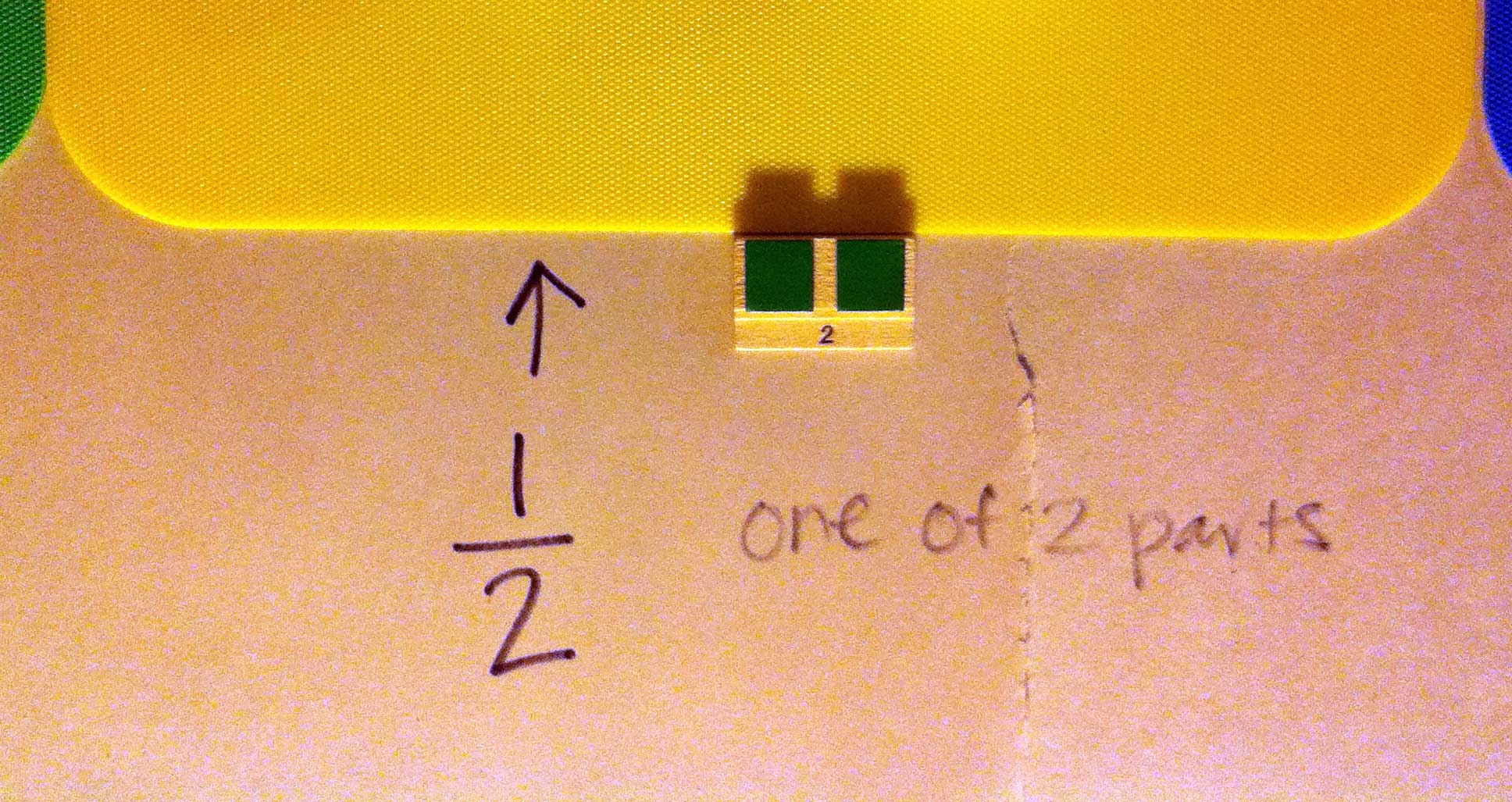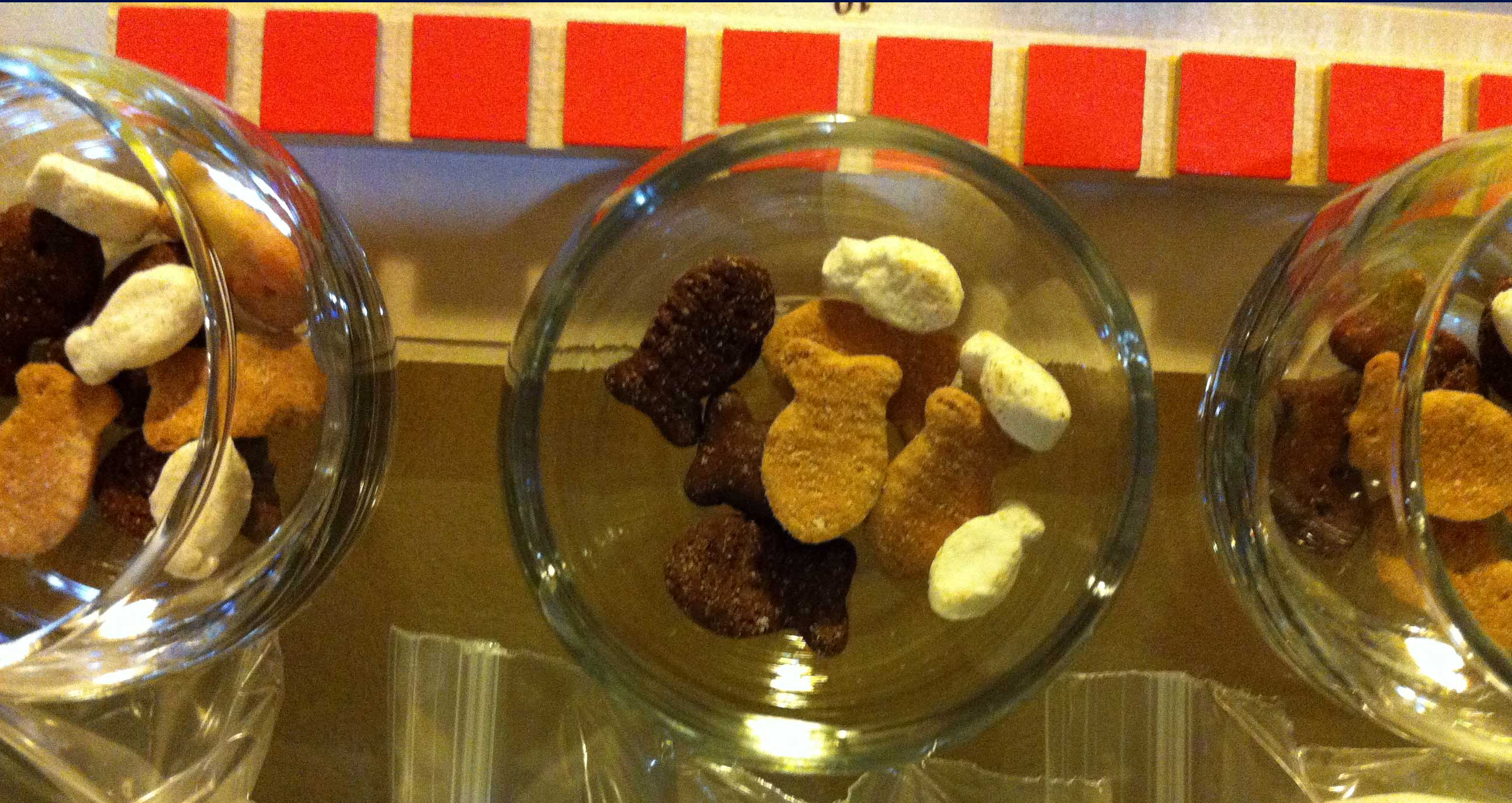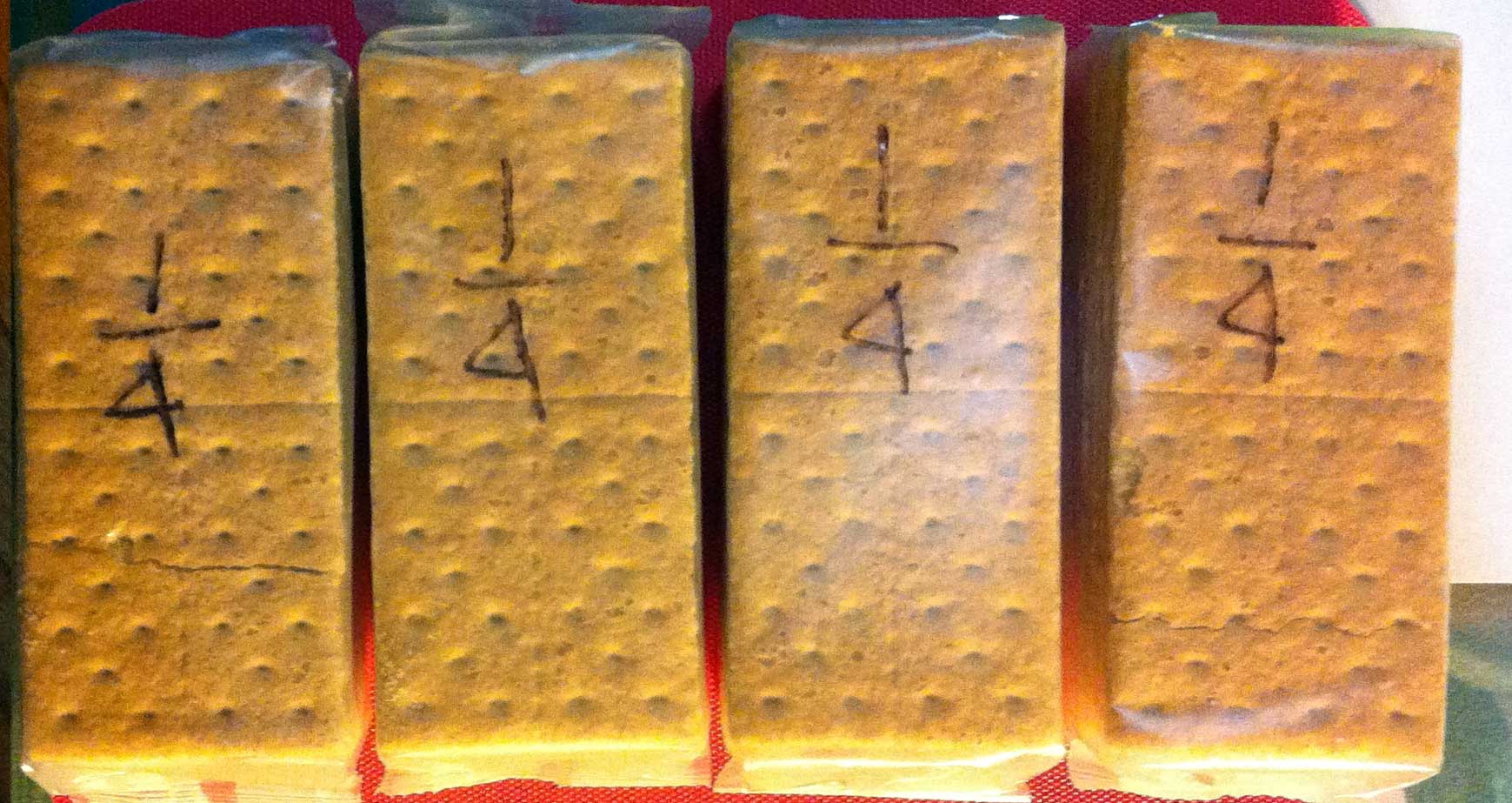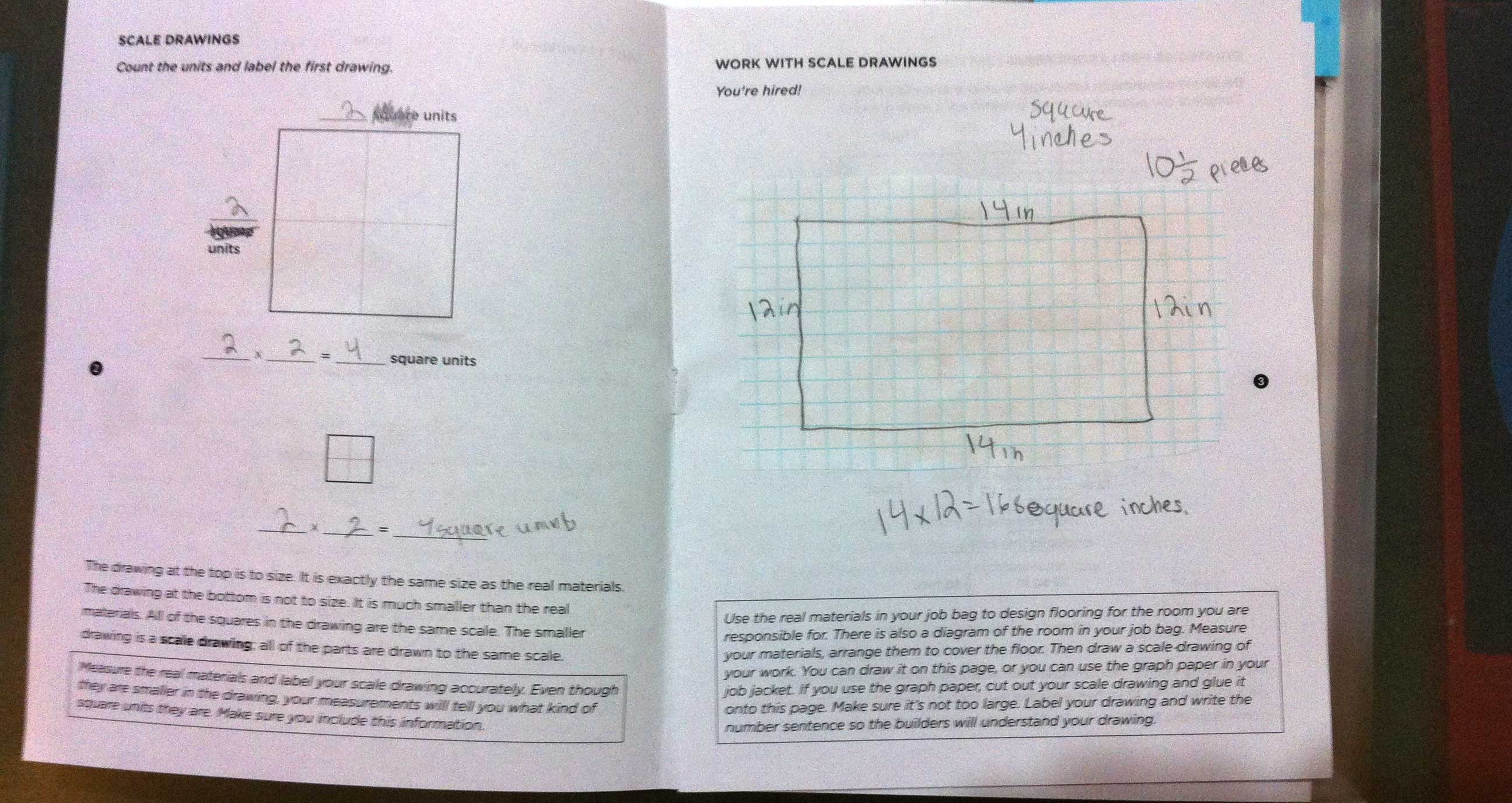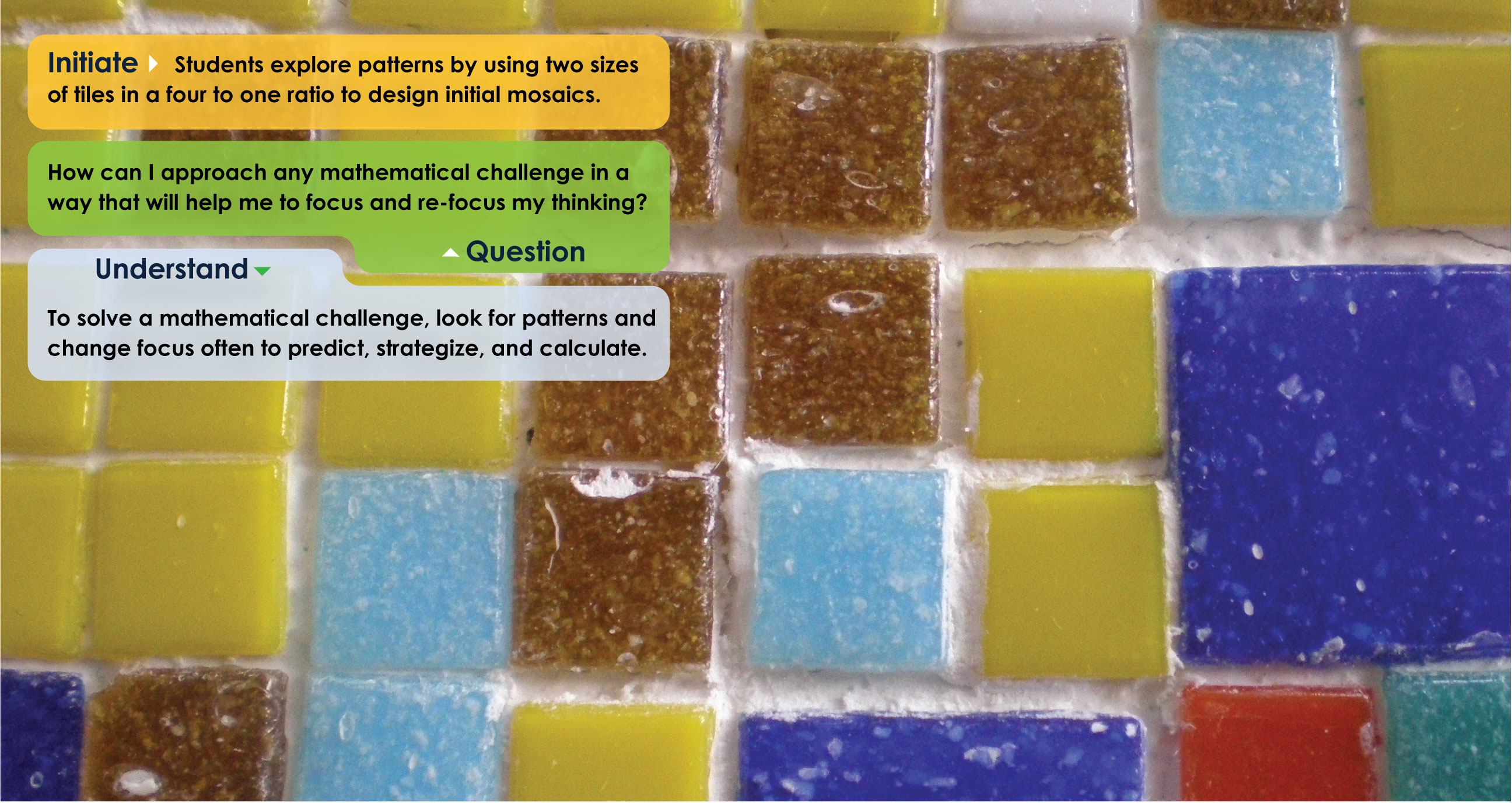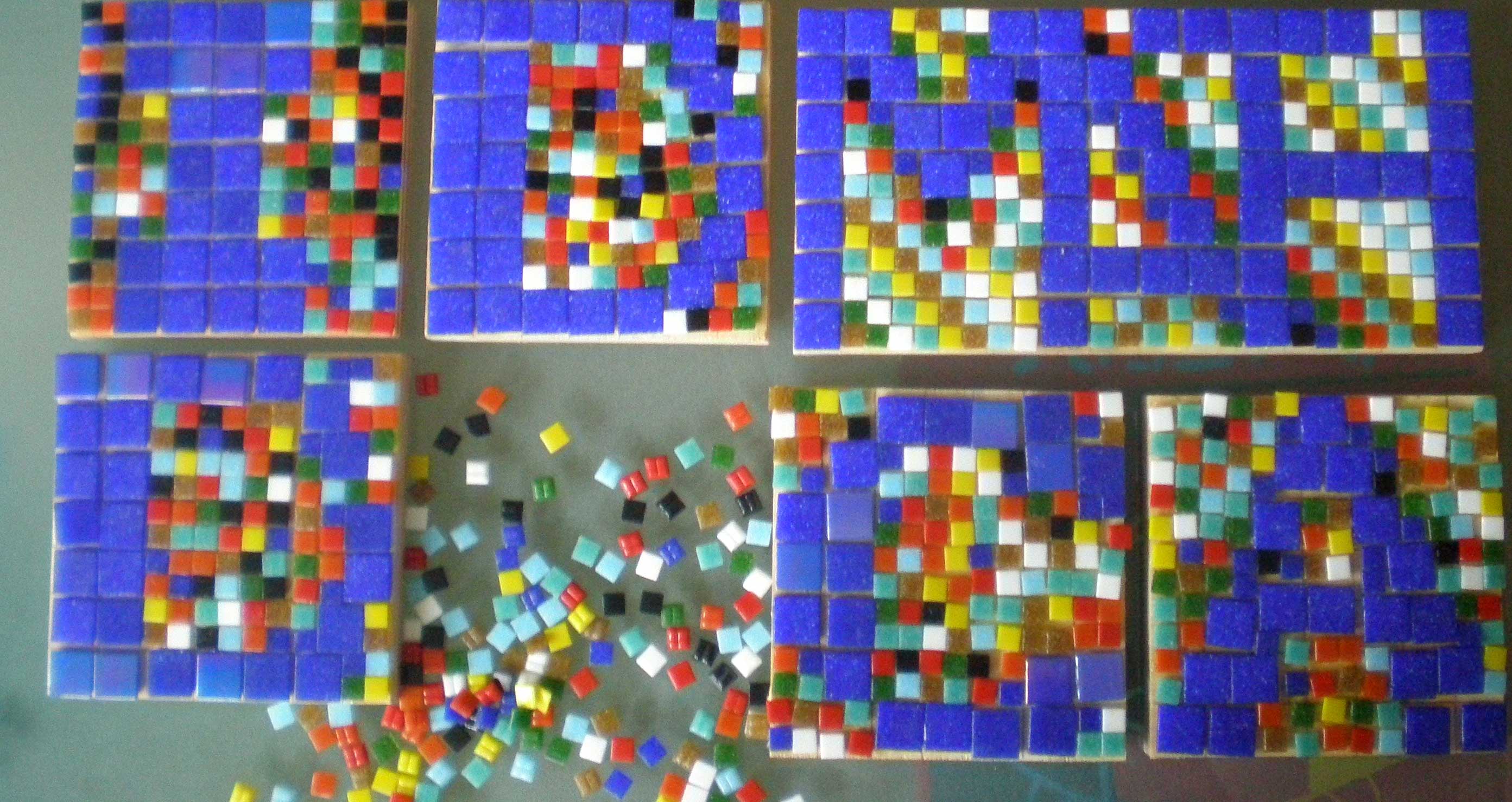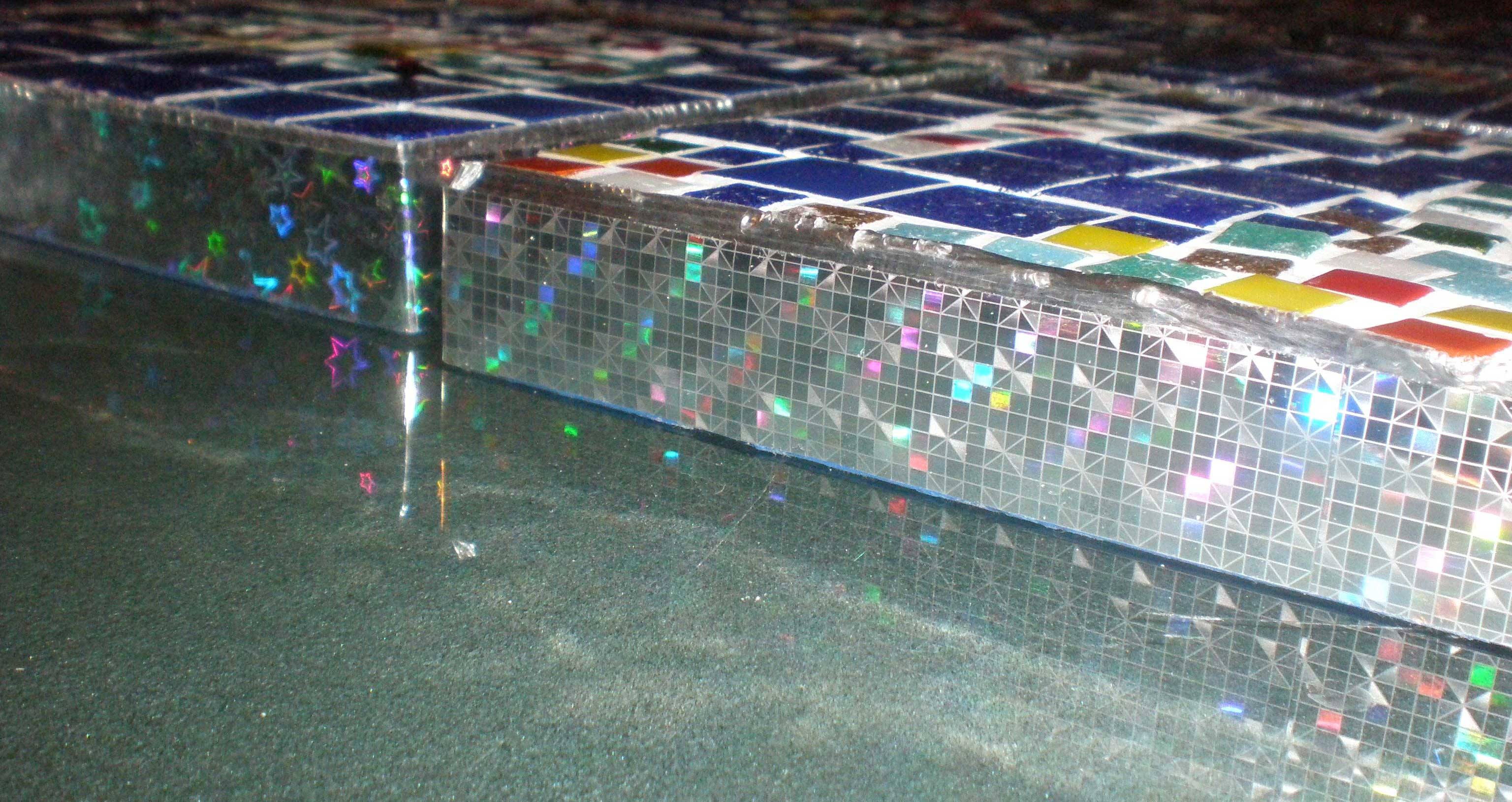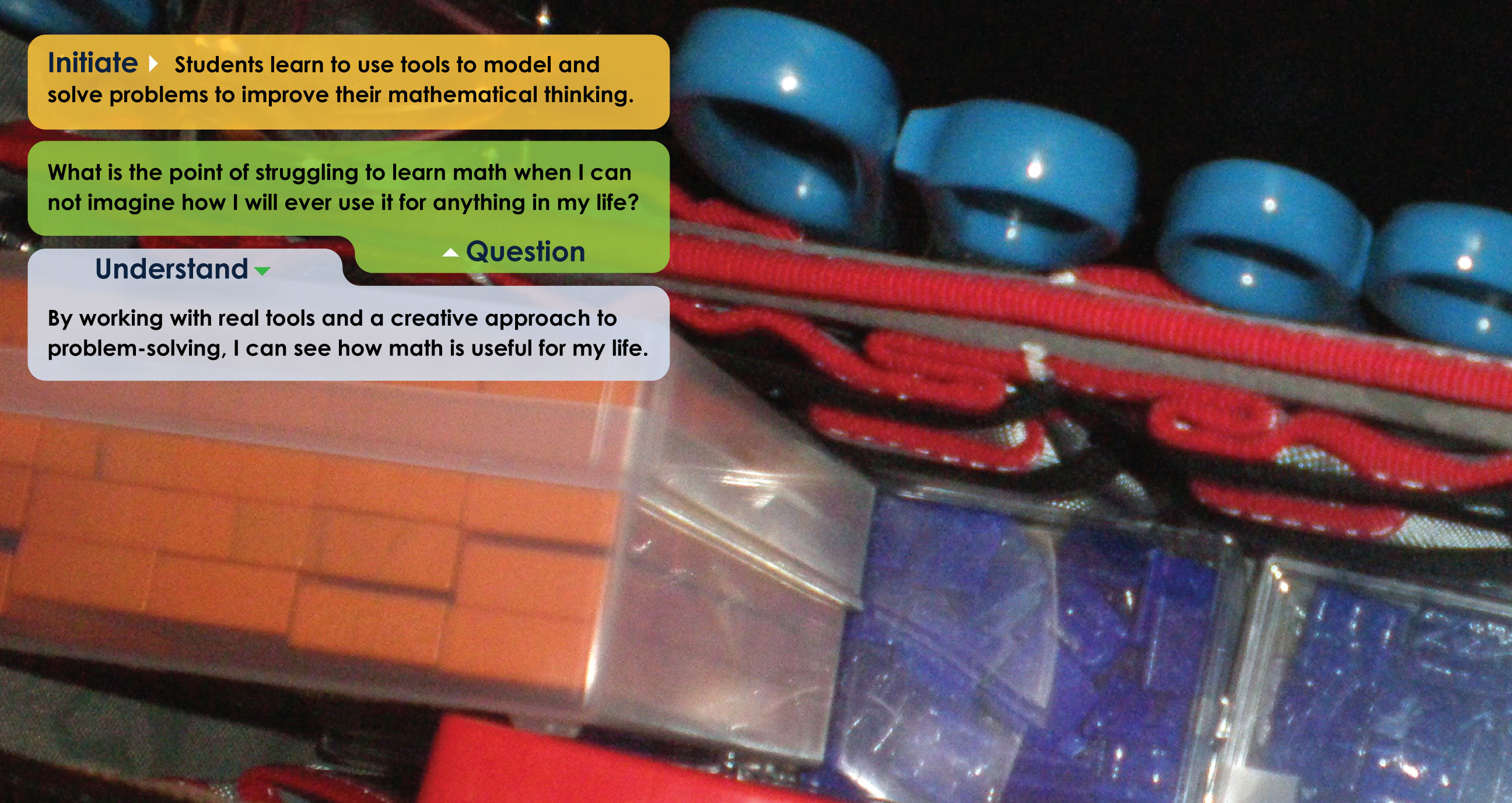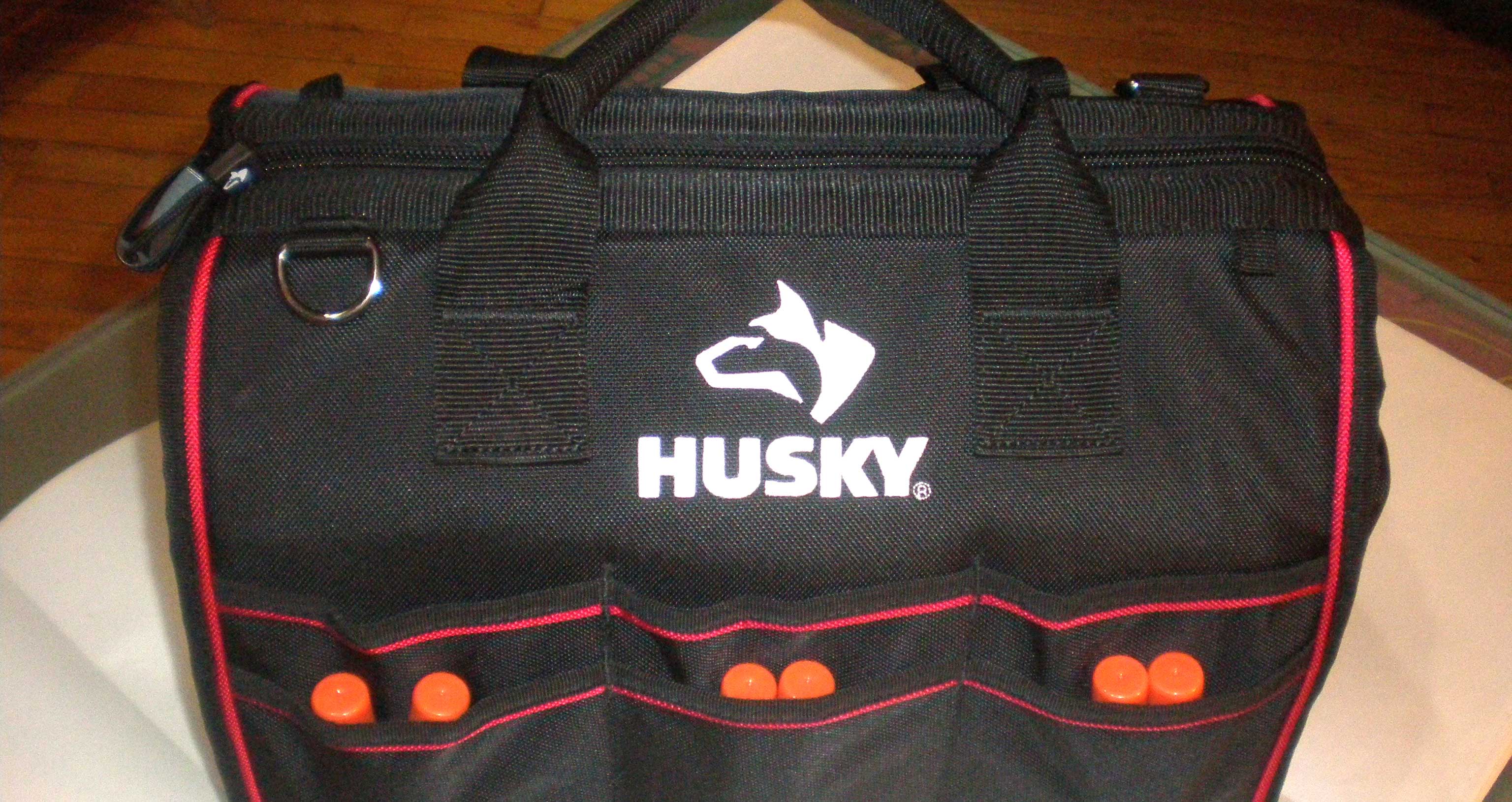Voluminous challenge tackled piece by piece
Students spent the morning engrossed in reading a blockbuster cereal hit of sorts. It was the challenge booklet for the Alex and Chase math challenge. It’s about a frog named Alex and a turtle named Chase and a disagreement over how to furnish their college apartment. Alex is studying to become a doctor; Chase, who is good at math and art, doesn’t know what he wants to be yet. He does know that he does NOT want Alex to bring all of his things inside the apartment; it will suck up all of the air. Alex owns all of the round things and Chase owns all of the cubes. Students will have to calculate the volume of several rooms in order to help the hapless roommates to settle their differences. It is an honor to watch children eating their cereal with one hand and reading your work with other.
Imagination takes on a very important function in human behavior and human development. ~ Vygotsky 1967









